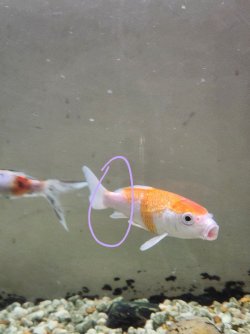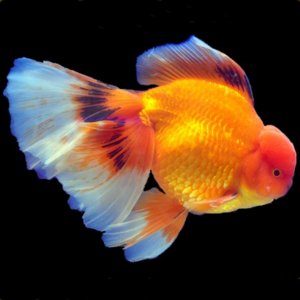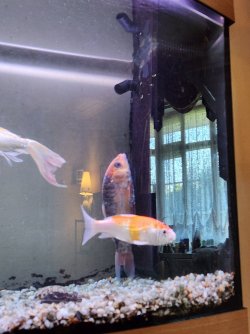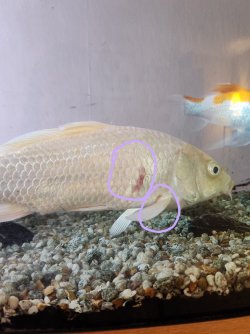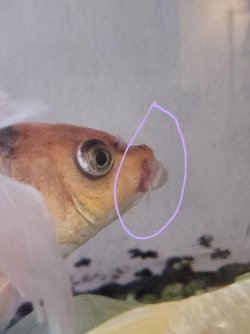jijifish
New Member
Hi hi!
Fish emergency: A few fishes have red spots and I’m unsure what the cause is:
Size of aquarium/pond - i’m not sure
Types of fish - koi and goldfish? I’m not too sure
Number of fish and sizes - 7 fishes
Filtration used and how do you clean it and how often - sponge pump filter (last cleaned today) and underwater mechanical filter (last cleaned 18th August)
How much in the way of water changes and how often -- Weekly water changes 25%
Do you dechlorinate - Yes
Symptoms of sick fish ie, spots, behaviour, etc -
Test results for ammonia, nitrite, nitrate and ph both from the tap and tank -
1/09/2023 test results:
Ammonia: 0.25ppm
Nitrite: 0
PH - 6.8
Nitrate: 160ppm
Anything else you need us to know -
I would appreciate any advice, since I honestly have no clue what it could be, I don’t want to add the wrong medication to the fish tank so any advice is helpful! thank you in advance!!





Fish emergency: A few fishes have red spots and I’m unsure what the cause is:
Size of aquarium/pond - i’m not sure
Types of fish - koi and goldfish? I’m not too sure
Number of fish and sizes - 7 fishes
Filtration used and how do you clean it and how often - sponge pump filter (last cleaned today) and underwater mechanical filter (last cleaned 18th August)
How much in the way of water changes and how often -- Weekly water changes 25%
Do you dechlorinate - Yes
Symptoms of sick fish ie, spots, behaviour, etc -
- Red spots on its belly, fins and tails on four of the fishes
- one of the fish has a red spot on its mouth
- Fish aren’t as active as before - lethargic but they are still eating
Test results for ammonia, nitrite, nitrate and ph both from the tap and tank -
1/09/2023 test results:
Ammonia: 0.25ppm
Nitrite: 0
PH - 6.8
Nitrate: 160ppm
Anything else you need us to know -
- I’m completely new to fish keeping and i’m looking after my parents fish for a few months
- I understand that the ammonia is a concern since it is dangerous for fish, so I did a 30% water change straight away yesterday and I cleaned the sponge filter pump today. I haven’t tested the water yet, since I did a 10% water change today. Can I test the water straight away or should I wait til tomorrow?
- Also is the ammonia level; the cause of the red spots? Is that the reason why? Or is it because of red pest disease? How would I treat that? I read that aquarium salt is a solution? Or an anti internal bacteria solution might help?
- In addition, for some reason the tap water already has 20ppm nitrate in it and there are a lot of fish in the tanks so it is overcrowded. So nitrate level is going to be high. Is there a way to reduce the nitrate level down?
I would appreciate any advice, since I honestly have no clue what it could be, I don’t want to add the wrong medication to the fish tank so any advice is helpful! thank you in advance!!
Attachments
Last edited:

